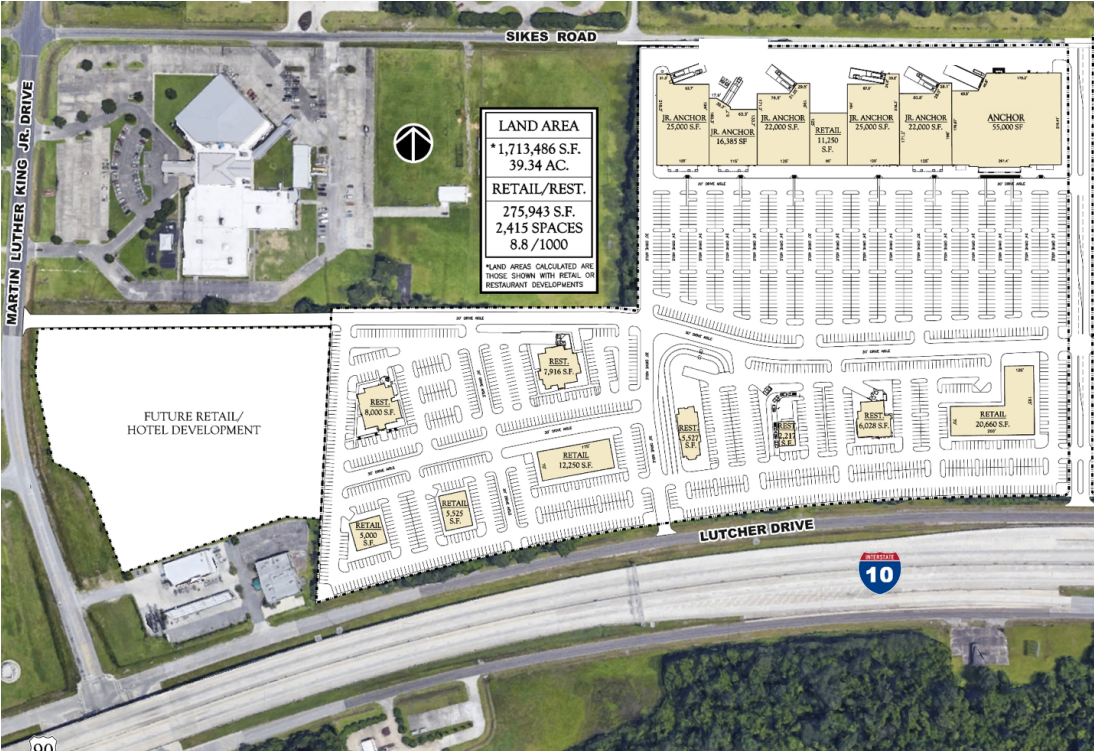OPINION: Supreme Court renders mixed decisions on the vaccine mandates
Published 7:09 am Wednesday, January 26, 2022

- Dr. John A. Sparks
|
Getting your Trinity Audio player ready...
|
The U. S. Supreme Court has rejected President Joe Biden’s OSHA vaccination overreach for private sector employees, but has upheld the Center for Medicare/Medicaid Services (CMS) mandate for healthcare workers.
The decisions are important for their immediate effects. The OSHA-related opinion, NFIB v. Department of Labor, bars the president, through his administrative agencies, from imposing a nationwide employee vaccination/testing requirement on larger private businesses. Workers who opposed forced vaccination or vaccination in general view it as a victory which will, in many cases, allow them to retain their jobs. The other opinion, Biden v. Missouri, allows to stand the vaccination mandate issued to facilities that receive Medicare and Medicaid funding. That decision means that nurses and doctors who resist being vaccinated may lose their jobs.
The decisions are not merely about vaccinations and pandemics. What is at stake is the rule of law versus administrative abuse of authority. Let’s begin with the case dealing with the OSHA mandate.
Trending
The majority of the high court recognized that this case posed one key question: Does the secretary of labor, through OSHA, have clearly given congressional authority to impose what the majority opinion calls “a significant encroachment into the lives—and health—of a vast number of employees?” To answer that question, the court examined the 1970 federal act which created OSHA. What it found was that OSHA was conceived to further occupational safety; that is, to protect workers from the unique dangers that a plant or factory can present to them. OSHA’s targets were, primarily, to be the toxic substances that produced harmful effects on employees engaged in manufacturing process. Though an employee can be exposed to Covid-19 while working, it “can and does spread at home, in schools, during sporting events, and everywhere else people gather.” Therefore, the court labeled Covid a “universal risk” as opposed to primarily an “occupational risk.” It said that OSHA’s powers did not extend to universal risks.
Lacking the under girding of clear congressional power, the vaccine mandate was exposed for what it was, an unwarranted effort to convert an agency with limited workplace authority into a kind of super public-health entity. The exercise of the enormous power to impact 84 million workers’ livelihoods could not be sustained. True, the pandemic was an “emergency,” but emergencies should not destroy established restraints on governmental power. As Justice Gorsuch put it in his concurrence, “declarations of emergencies would never end and the liberties our Constitution’s separation of powers seeks to preserve would amount to little.”
The court, having hit a home run on the OSHA case, struck out when deciding the CMS’s medical workers vaccine mandate. Chief Justice Roberts and Justice Kavanaugh joined the court’s three liberal justices. This majority upheld the mandate which required the vaccination of 10 million healthcare workers employed in facilities receiving Medicare or Medicaid. The argument advanced by the majority was far from convincing. Their opinion relied upon a variety of broad references in the enabling statutes, allowing the secretary of health and human services to “publish rules and regulations” necessary for the efficient administration of Medicare and Medicaid. That general language certainly does not explicitly nor even implicitly amount to a congressional authorization of a mandate which warns nurses and doctors: get vaccinated or get fired.
Moreover, the CMS mandate failed to recognize neither a testing alternative nor the presence of natural immunity, the omissions perhaps being a product of the hasty avoidance of the normal process of allowing comments on proposed regulations. Nevertheless, the court’s opinion labored to find authorization in various statutory provisions that concerned some 15 different types of facilities from hospitals and skilled nursing facilities to outpatient rehabilitation facilities. The phrases “health and safety” and “infection prevention and controls” appear in these statutes, sometimes as catch-all provisions, not meant to give specific authority to act.
The dissenters to this opinion, Justices Thomas, Alito, Gorsuch, and Barrett, saw the majority’s effort as straining to pull together “scattered provisions” to create an unconvincing “hodgepodge.” The Biden administration had earlier admitted in the OSHA case that to find authority to act in the way it was advocating required it to do a “work-around.” When that term is generally used in politics, it means the government was intent upon taking a certain action but encountered an obstacle. In both cases, the “obstacle” was the lack of clear congressional authorization.
In the CMS case it was the court which was required to do its own “work-around,” scouring statutes and regulations to find a basis, however weak, to uphold the medical care mandate. Though the justices managed to cobble something together, the opinion should rightfully produce anxiety in Americans who love liberty and rely upon the certainty of the law. How many other federal agencies with vague statutes could extend their reach by relying on this opinion? For example, what if the EPA declared a “climate change emergency” which ordered Americans to follow “green dictates” like shifting from gas furnaces to solar power heating?
Trending
While the first OSHA decision reins in the administrative state, the Medicare/Medicaid opinion turns loose the horse of potential administrative excesses.
Dr. John A. Sparks is the retired Dean of Arts & Letters, Grove City College and a Fellow in the Institute for Faith and Freedom. He is a member of the state bar of Pennsylvania and a graduate of Grove City College and the University of Michigan Law School. Sparks writes regularly for the Institute on Supreme Court developments.





